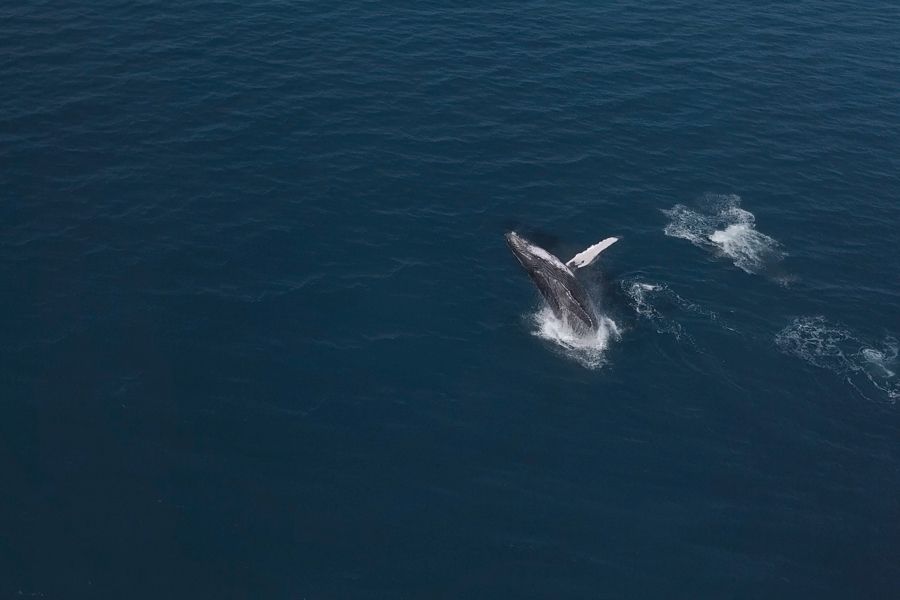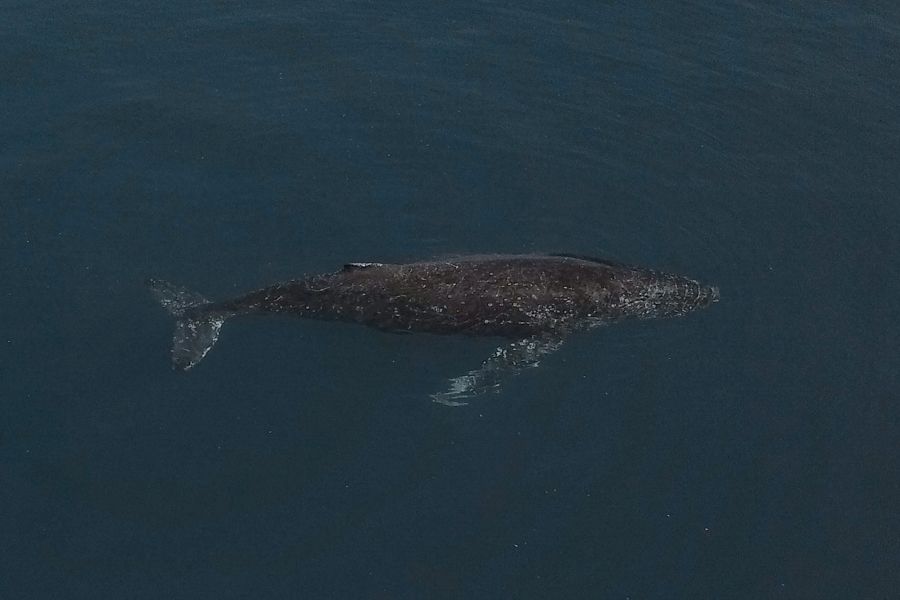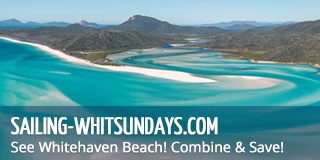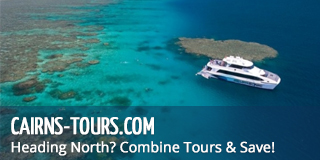Whale Watching From K'gari (Fraser Island)
Hervey Bay and the coastline around K'gari (Fraser Island) is known as one of the best places in the world to whale watch and have up-close encounters with these giant mammals. Each year whales migrate along the East Coast of Australia, spending plenty of time in the warm waters of Queensland where they are enjoyed by people from all over the world. Humpback whales, in particular, leave the Antarctic to make their way to the Great Barrier Reef, stopping in Hervey Bay before continuing their journey up towards the Whitsundays and Cairns, making it one of the ultimate whale watching destinations!

Best Ways To Spot Whales Near K'gari (Fraser Island)
The best way to see whales while visiting K'gari (Fraser Island) is to join a tour departing from Hervey Bay, which is also known as the “Whale Watching Capital of the World". K'gari itself is the world's largest sand island. It's a very remote, rugged, and wild place, so there aren't many whale watching tours that depart from the island. But you'll most likely be visiting Hervey Bay on your way to or from K'gari (Fraser Island), and this is the best spot to book a whale watching tour!

Whales In Hervey Bay
Whales are known for stopping in Hervey Bay on their journey up north to the tropics of Australia. They love spending time in the sheltered bays and warm water of Hervey Bay. For this reason, many specialised tours depart from Hervey Bay every day in whale season, all of which have the attainable goal of spotting whales in the waters around the island and off the shores. The water around K'gari (Fraser Island) and Hervey Bay is protected by its World Heritage listing, meaning too, that whales are safe from harm and harassment here, giving them the perfect place to rest!

Whale Movements Along The East Coast of Australia
Whales migrate in winter and are spotted in the area from July to November as they make their way along the East Coast of Australia. They like to head north for warmer waters so they can have their babies and raise their young in a relaxing environment. They swim up from Antarctica and stop off around Hervey Bay to relax, swim and play in the calm waters, enjoying the protection offered by the island.
The giant, inquisitive animals are often more curious about their visitors then we are about them. They have been known to swim up to boats, popping a curious eye above the water to see what the commotion is all about or to put on giant aerial shows where they propel themselves out of the water in acrobatic flips and flops. People visit from all over the world to enjoy whales in their natural habitat, living side by side with their human companions!

What Type Of Whales Can I See Around Hervey Bay and K'gari (Fraser Island)?
The annual whale migration brings in a flood in humpback and minke whales, both of which migrate along the coast. Most tours are centred around humpbacks, which are the larger and more interactive of the two species! About 7,000 humpbacks will visit the waters around Hervey Bay during the winter, giving you a great chance to see these stunning animals for yourself!

Fun Facts About Humpback Whales
- Every whale has a unique pattern that can be used to easily identify it - photographers and scientists can often tell which whale is which by the pattern on their tail flukes.
- Whaling is illegal in the waters around Australia and Australian citizens have been banned from whaling anywhere else in the world too!
- They don’t have teeth but instead have baleen plates which trap their food
- They don’t eat at all during their migration - they’ll wait until they are back in the Antarctic
- Females are larger than males and can weigh up to 40 tonnes.
- Babies can gain up to 45kg a day while they are nursing
- They have two blowholes - one for each lung
- Songs of humpback whales can be heard for many kilometres underwater
- Their pectoral fins can grow up to be almost 5 metres in length
- They can propel their bodies completely out of the water - all 40 tonnes of it!
Fun Facts About Minke Whales
- Minke whales are one of the smaller species of whale, growing from 6.5m - 7.5m in length
- They can weigh up to 10 tonnes and eat small fish and krill
- Their maximum speed is about 40 kilometres per hour
- They are found all over the world with two distinct subspecies, the North Atlantic minke whale and the Antarctic or southern minke whale
- Minkes can hold their breath for up to 25 minutes
- Minke whales live 40 years on average
- The only natural predator to minke whales is another type of whale - the orca





